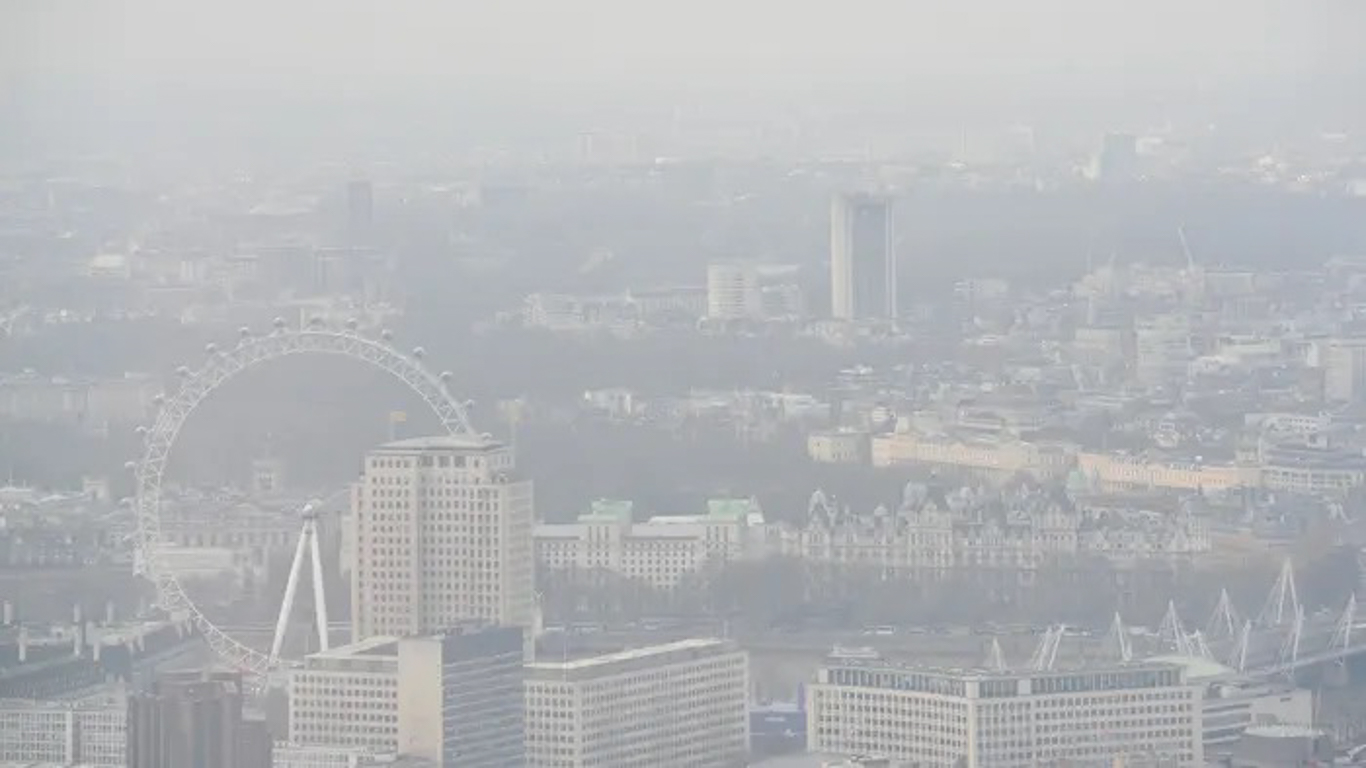Article written by Gary Fuller
Originally published by The Guardian (Friday, March 10, 2023)
US study finds bone loss occurs twice as fast among women living in areas with higher air pollution
A study has concluded that air pollution is accelerating osteoporosis in postmenopausal women.
Researchers scanned the bones of more than 9,000 women living in four different parts of the US. Each had a bone scan three times over a six-year period that was compared with the air they breathed. On average, air pollution accounted for a doubling of the speed of bone loss.
In the US, 10 million people are thought to have osteoporosis, of whom about 80% are women. The condition weakens bones and is linked to more than 2m fractures a year in the US, with a cost of more than $20bn (£16.9bn) annually. Only about 40% of these people regain full independence after their fracture. In the UK, osteoporosis affects 3.8 million people and the resulting fractures account for about 2% of total healthcare spending. Small changes in the progress of the disease or the number of resulting bone fractures could therefore have a very large impact on healthcare systems and on the quality of life for many people.
The new study helps to explain earlier work by the same research group that looked at hospitalisation for fractures among more than 9 million people in the eastern US. Here the team found that particle pollution increased the number of incidents of people being taken to hospital with fractures by 8% in their study group.
Importantly these studies show effects at air pollution concentrations that are well below the current limits in the US and Europe, and well below the UK government’s proposed limits for 2040.
Dr Diddier Prada, from the US study team at Columbia University’s Mailman School of Public Health, said: “The global population is getting older because of increased life expectancy and declining birth rates. We should identify, and eliminate, critical factors that affect human health during ageing. Postmenopausal women are susceptible to bone fractures and reductions in bone mineral density because of oestrogen reduction but also air pollution. Further action is needed to reduce air pollution from diesel vehicles and wider fossil fuel use to protect public health. These may result in enormous reductions in hospitalisation, costs, and even mortality.”
Image credit: Nick Ansell/PA
The US researchers found the lumbar spine was most susceptible to air pollution-induced bone loss and especially from nitrogen oxides. These are a group of pollutants including nitrogen dioxide that breaches legal limits along many main roads in the UK and across Europe. These breaches have persisted since the start of the century, exposing many people to high concentrations of nitrogen dioxide. This comes mainly from traffic, especially the large numbers of diesel vehicles that were manufactured to pass exhaust tests but produced much more pollution when used on our roads. These are the target of policies such as London’s ultra low emission zone and the clean air zones elsewhere.
In the UK, a recent study of people living with more than one chronic illness found osteoporosis among the conditions associated with air pollution and a further study found links between air pollution, lower bone density and increased fractures. Research on the linkage between bone health and air pollution is an emerging field, including studies on people in rural China, but a consistent research approach is yet to emerge, making it hard to compare findings.
Dr Richard Abel from the faculty of medicine at Imperial College London, who was not involved in the US studies, said: “These studies reported that living in areas with high air pollution for just five years might be long enough to lower bone mineral density at the hip. This is a worrying finding because low bone mineral density is the biggest risk factor for hip fractures, which kill around one in three people and disable one in three. The next important research step is to discover a physiological mechanism to confirm whether exposure to air pollution really does damage bone health.”
Banner credit: EPA






